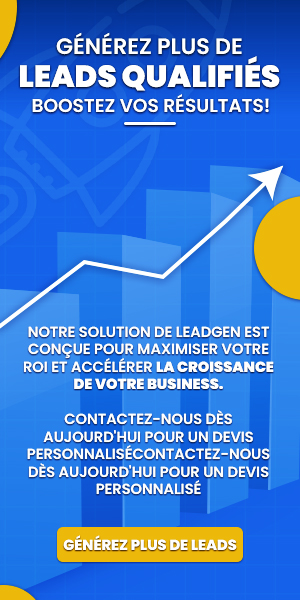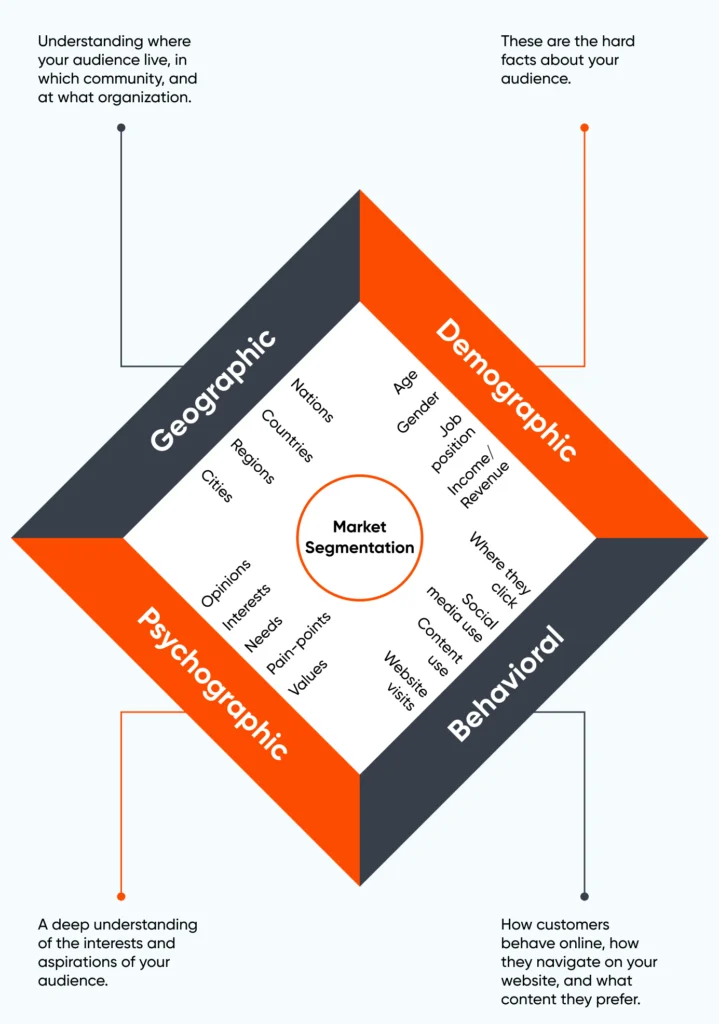L’conversion funnel of leads plays an essential role in the purchasing journey of prospects, transforming each step into an opportunity to retain them. By effectively structuring the process, companies can guide prospects through the different phases of their thinking, and thus establish a deeper connection. From awareness to purchasing decision, each interaction creates a bond that can lead to a lasting customer relationship. Through a methodical approach to lead generation, brands can not only increase their turnover, but also build a base of loyal and satisfied customers.
L’conversion funnel is a fundamental tool in any marketing strategy. It allows you to visualize and analyze the journey of a prospect through several stages until the purchasing decision is made. A good understanding of this funnel can turn these leads into loyal customers, thus increasing the customer retention rate and the profitability of the company.
The first stage of the funnel is often theattractiveness, where we seek to generate traffic to relevant and engaging content. It is during this phase that we capture the attention of users, using strategies such as content marketing, THE social networks, and the SEO. The goal is to attract as many visitors as possible interested in your offer.
Once prospects are engaged, it’s essential to take them to the next step that matches theinterest. This can be achieved by landing pages attractive or call to action well-placed, enticing the visitor to provide their contact information in exchange for valuable content, such as a ebook or a webinar. This lead capture process is crucial because it builds a database of prospects that can be worked on later.
There consideration is the phase where prospects need to understand in depth the value of your product or service. Here it is useful to use case studies or customer testimonials to demonstrate the effectiveness of your offer. The objective is to strengthen the trust and persuade prospects that your solution is the one that meets their needs.
The next phase of the process isintention. At this point, the prospect is almost ready to buy. Now is the time to use techniques such as lead nurturing, where personalized emails and special offers are sent to encourage conversion. The establishment of a system of lead scoring can also help identify prospects most likely to buy, in order to prioritize sales efforts.
When the prospect makes a purchase, it enters the phase of conversion. Once the conversion has taken place, it is crucial to continue to maintain the relationship with the customer. This can be achieved through regular follow-ups, loyalty offers, or exemplary customer support. This not only helps in retaining the customer but also converting them into a brand ambassador.
Finally, it is essential to regularly audit your conversion funnel to identify weak points. Analytics tools can help track prospect behavior and adjust necessary actions to improve each stage of the funnel. This will help you reduce the loss of leads in the purchasing journey and maximize your growth of qualified leads.
In short, a well-established and optimized conversion funnel not only attracts prospects, but also effectively guides them towards purchasing, while promoting their loyalty over time. By following these steps precisely, you will maximize your chances of turning prospects into loyal customers.

Lead Conversion Funnel FAQ
What is a lead funnel? A conversion funnel is a model that describes a prospect’s journey, from awareness to purchase decision. It allows you to visualize and optimize each step of the conversion process.
How can a conversion funnel help turn prospects into customers? By guiding prospects through different stages, a conversion funnel makes it easier to create a lasting relationship and help meet their specific needs at each stage.
What are the key stages of a conversion funnel? The main steps include: awareness, interest, consideration and action. Each step requires targeted actions to engage and convert the prospect.
Why is it important to personalize content at each stage of the funnel? Personalizing content helps capture prospects’ attention and address their specific concerns, thereby increasing the chances of conversion.
What tools can improve the efficiency of a conversion funnel? The use of tools such as CRM, marketing automation software and analytics solutions can optimize lead tracking and management at every stage of the funnel.
How to evaluate the success of a conversion funnel? Success can be measured through key performance indicators (KPIs) like conversion rate, lead response time, and quality of leads generated.
How important is lead tracking in the conversion funnel? Effective monitoring allows you to better understand the behavior of prospects, adapt communication strategies and maximize the chances of conversion.
How to optimize response time to prospects in the funnel? Optimization can be achieved through automation of inquiry responses, providing relevant information quickly to maintain prospect interest.
What are the main challenges when creating a conversion funnel? Challenges include correctly attributing leads, verifying their quality, and integrating the right tools. Good lead management is crucial to overcoming these obstacles.
How can training help improve funnel management? Training provides skills on best funnel optimization practices, sales techniques, and lead tracking strategies.














